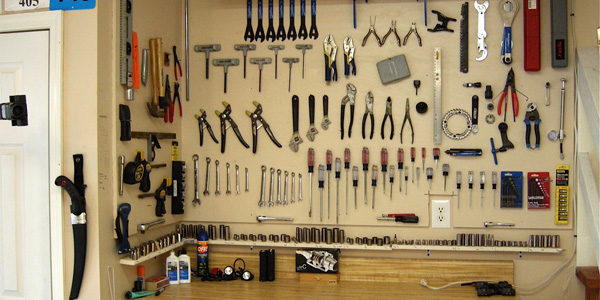

If all that sounds a bit overwhelming (not to mention financially ruinous), don’t be too alarmed. Serious home mechanics should also consider investing in a hydraulic work bench, which will make access much easier (and is kinder on your knees). These come in a variety of styles, such as the front and rear paddock stand-type, wheel-chocking stands, front headstock stands (for complete removal of the front wheel and forks) and a central stand that secures the machine via the swingarm pivot. If the bike has a centre stand then that should do most of the time, but for more involved jobs, or when only a sidestand is fitted, proper workshop stands are the best bet. A movable inspection light is handy, while a head-mounted LED torch can shed light on the job without taking up any space.įor the safety of both you and your machine, it’s imperative that the bike is properly supported while being worked on. While it’s possible to work on a bike in a relatively confined space, you need enough room to move around the bike and remove/refit larger items such as wheels, bodywork or exhausts, along with enough light to be able to see what you’re doing. That should do it.Ĭonsider your workshop environment, too. Smaller-capacity bikes tend to use a split link-type of chain, but larger machines will have the endless type, which requires a special tool both to break the old chain and rivet the ends of the new one together.įinally, consider a decent foot pump and pressure gauge, an oil drain pan, a battery conditioner and some equipment to bleed brakes – at the very least some lengths of clear plastic tubing, or ideally a bespoke brake bleeding kit.
BIKE WORKSHOP TOOL LIST DRIVER
Allen keys have their place, too, but in most cases a hex-key socket or T-handle driver is a better bet.Ī decent chain-breaking/riveting tool is another good investment. Other useful tools are T-handle drivers, of both Torx and hex-key types, a selection of pliers (combination, needle nose and self-locking), an oil filter removing tool, a rubber and/or plastic-faced hammer and feeler gauges and wire brushes, the final two for spark plug maintenance. JIS fittings can be identified by a recessed or raised dot in the screw head. The JIS screw head looks like a Phillips but is subtly different and will be damaged by a regular Phillips screwdriver. Flat-bladed, Phillips (plain cross on the screw head) and Pozidriv (a cross with smaller indentations bisecting each right angle at 45°) are the three main types, but the Japanese Industrial Standard – JIS – screwdriver is a must-have for anyone working on Japanese motorcycles.

Even so, 8mm, 10mm and 12mm items are handy to have. Ratchet spanners have their uses but they also have their limitations. Combination spanners (open-ended at one end, ring type at the other, both the same size) are ideal, and a range of sizes from 8mm to 19mm should do it, perhaps supplemented by an adjustable spanner with a jaw opening up to 30mm or so.
BIKE WORKSHOP TOOL LIST MANUALS
Save money when you fix your bike yourself with our wide range of motorcycle repair manuals The problem is that a torque wrench able to tighten to 100Nm won’t operate at the much lower torque settings more common elsewhere on a motorcycle. The dilemma, however, is that while a 3/8in drive torque wrench with an operating range from around 8Nm to 60Nm will suffice for most bike jobs, some fittings, such as rear wheel spindle nuts, require a much higher torque loading, perhaps in excess of 100Nm. Other useful 3/8in drive socket set add-ons include a set of hex-key bits, from 4mm-10mm, and a Torx bit set in sizes T10 to T40 – or you could just buy individual bits as required.Ī torque wrench is a must-have. Here, a 1/2in drive socket, a short extension bar and either a ratchet or breaker bar would be a better bet. Larger sockets may be needed, such as for the rear wheel spindle nut and, in some cases, the front drive sprocket nut. If you’re planning on working on bikes built in the past 50 years or so, then you’ll only need metric tools, so a set with a range of sockets from 8mm to 22mm should suffice, along with a couple of extension bars, a ‘wobble bar’ for hard-to-access fittings and couple of spark plug sockets. There are some core essentials at the heart of a well-equipped workshop, and a good-quality 3/8in drive socket set is one. The more cost-effective approach – and the one that most people tend to adopt, either by accident or design – is to let the workshop evolve over time, with tools and equipment added as the need for them arises. Setting up a fully equipped motorcycle workshop isn’t the work of a moment – and it won’t come cheap.
BIKE WORKSHOP TOOL LIST MANUAL


 0 kommentar(er)
0 kommentar(er)
